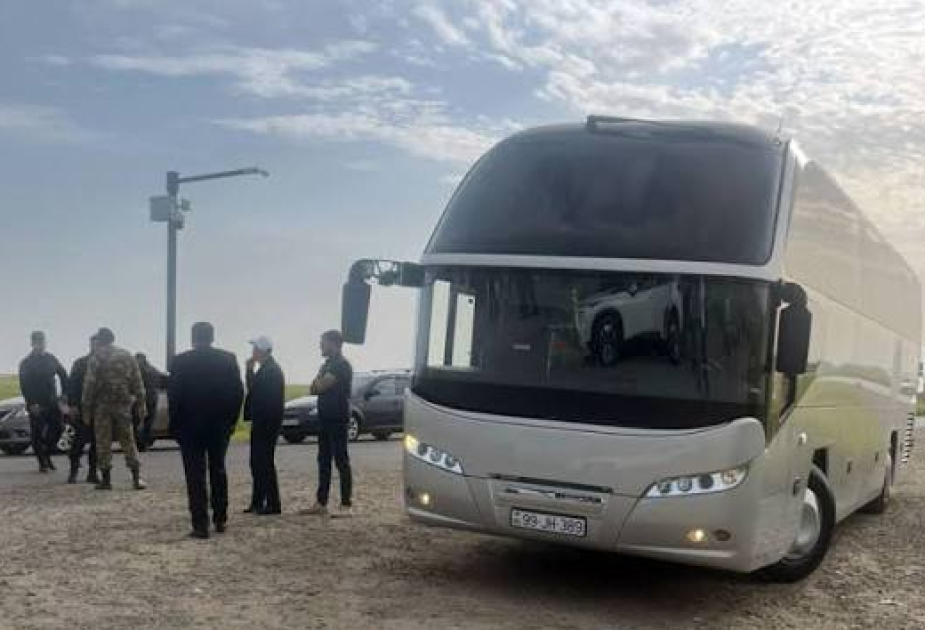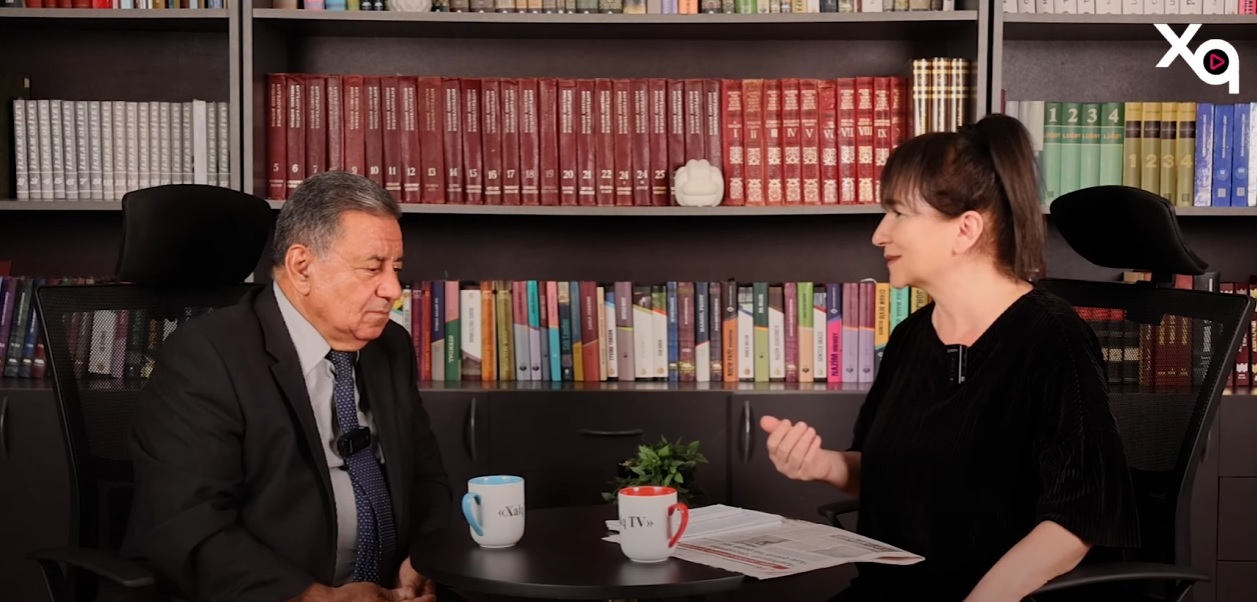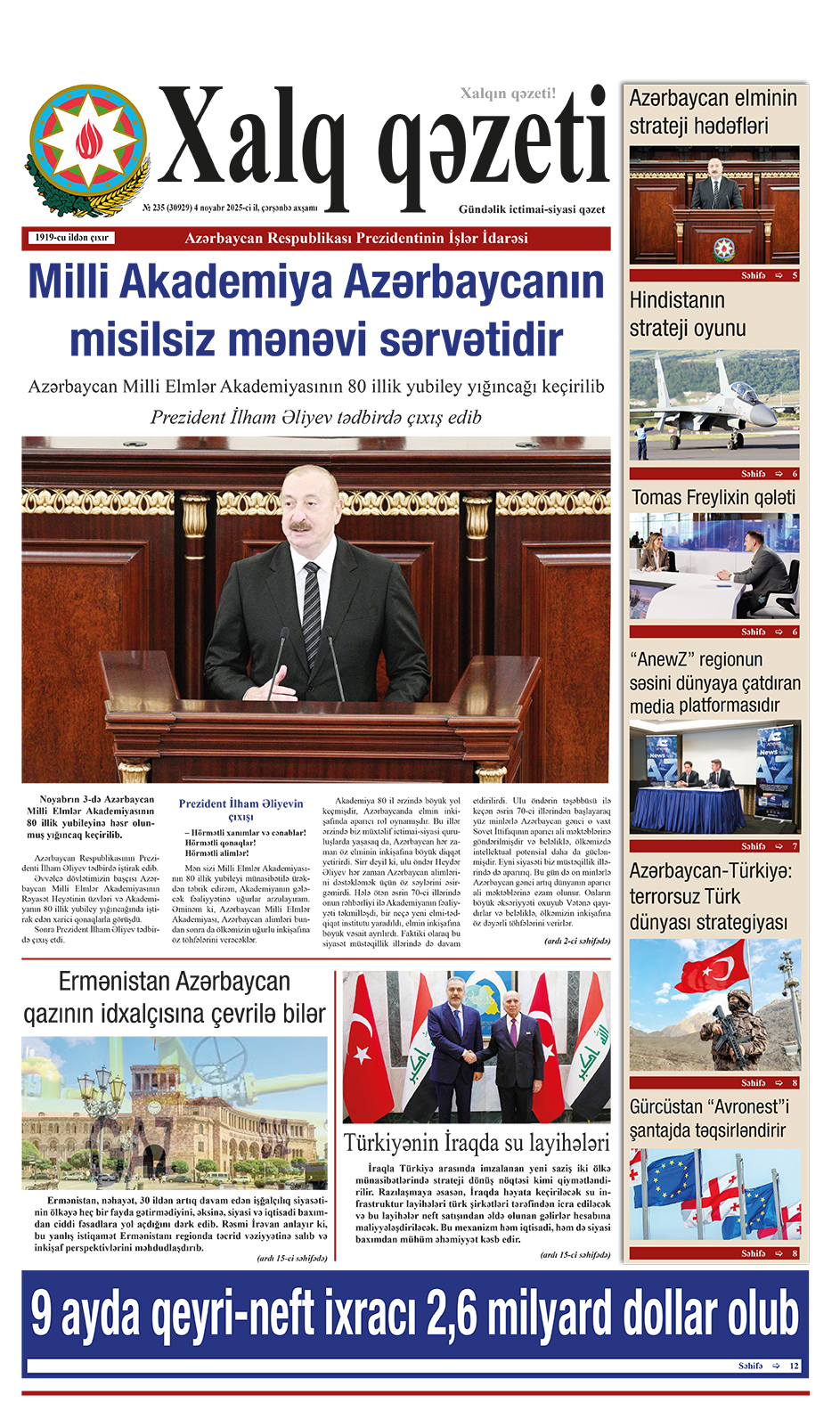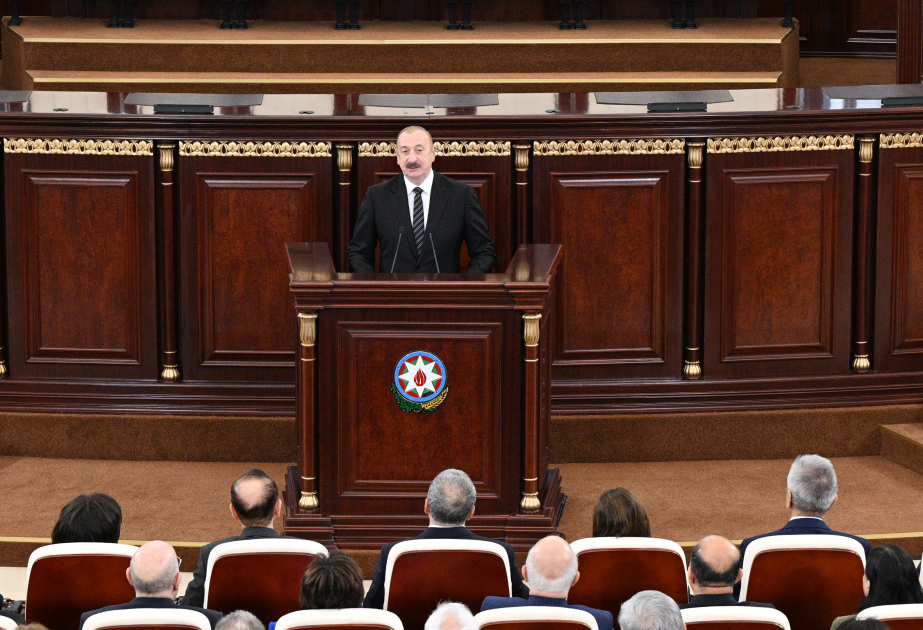Jerusalem Post
ByDR. ITAY GAL
Studies show that 80% of air accidents occur during the first and last 11 minutes of a flight, meaning pilots must maintain absolute focus during this critical window.
The first and last 11 minutes of a flight are the most critical moments on the plane, as studies in civil aviation have shown that approximately 80% of air accidents occur during this period.
Of this short window, the most critical periods are the five minutes after takeoff and the seven minutes before landing.
Among pilots, this period is known as the “critical ten,” a window of time when every action, malfunction, or distraction could determine the fate of the aircraft.
This is why, during takeoff and landing, no crew members or passengers are allowed into the cockpit, not even in emergency situations. Pilots must maintain complete focus, and any external communication not directly related to flight operations is strictly forbidden.
How takeoff works: Step by step
Takeoff begins with clearance from the control tower to move onto the runway. Once given the signal, the aircraft begins a gradual acceleration along the takeoff strip, which typically ranges in length from 2,500 to 4,000 meters.
At the same time, the pilots and the central computer calculate the V1 speed, known as the point of no return. If a malfunction occurs after reaching this speed, takeoff must proceed even at the risk of danger.
Immediately afterward comes the VR speed, or rotation speed, at which the captain pulls back on the control stick, lifting the aircraft into the air. Misjudging this speed or experiencing a failure in the cargo hold or engine can result in immediate disaster.
While takeoff is generally safe when executed correctly, it is highly sensitive to extreme weather, such as crosswinds, heavy rain, or bird strikes. In such cases, experienced pilots may delay takeoff or perform a “rejected takeoff,” aborting the acceleration at the last moment.
Landing: The most dangerous stage
Most experts consider landing to be the most complex and hazardous phase of flight. It involves a gradual descent, constant communication with the control tower, precise speed regulation, alignment with the runway approach angle, and sometimes last-minute changes in instructions.
Landing demands maximum coordination between both pilots, deployment of flaps and braking systems, and high responsiveness in the event of sudden crosswinds or unexpected obstacles. If the runway turns out to be too short or the approach is unstable, the pilots may initiate a “go-around,” aborting the landing, climbing back to a safe altitude, and preparing for another approach.
Most international airports have runways between 2,500 and 4,000 meters long. However, smaller airfields, especially on islands or in mountainous regions, may have significantly shorter runways. Large aircraft cannot land at these airports, and smaller aircraft require high stopping speeds and extreme landing precision.
If the runway is too short and there’s not enough room to stop, a “runway excursion” can occur—one of the most common causes of aviation accidents. To avoid this, flight crews calculate the required runway length in advance, based on aircraft weight, wind speed, and temperature.
So, do most air accidents really happen during takeoff and landing?
The data says yes. Over 75% of fatal accidents in commercial aviation occur during these phases: takeoff, approach, and landing. One well-known example is Air France Flight 4590, which crashed in 2000 shortly after takeoff when a tire exploded due to a piece of metal on the runway.
By contrast, cruising altitude, the middle portion of the flight, is considered the safest. Even though the aircraft flies at around 900 km/h and at an altitude of 10 kilometers, the risk of an accident during this phase is minimal. Automated systems manage the flight, and pilots mainly monitor systems, communicate, and conduct routine checks.
Aviation safety guidelines and technology continue to advance. Data analysis systems, artificial intelligence, and smart temperature monitoring now allow for early fault detection. Yet even in today’s high-tech era, the critical minutes at the beginning and end of every flight remain the ultimate test for pilots. For this reason, cockpit access is strictly forbidden during takeoff and landing, even for flight attendants.
Passengers may fall asleep after takeoff and only wake up when the wheels hit the ground and applause fills the cabin. But the pilots? They never stop focusing, especially not during the ten minutes that open and close every flight.


















.jpg)

